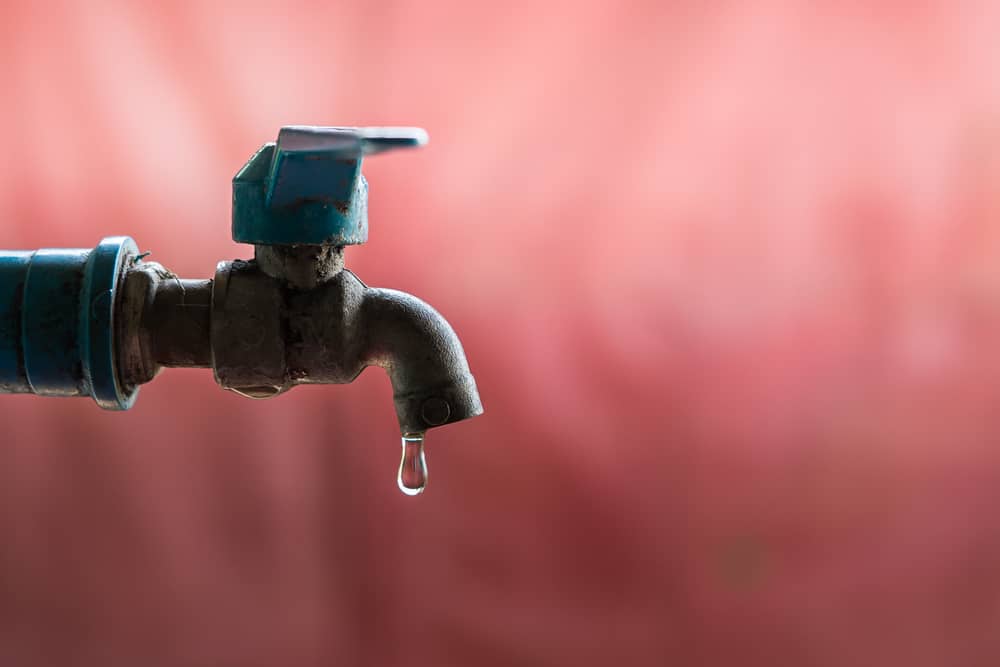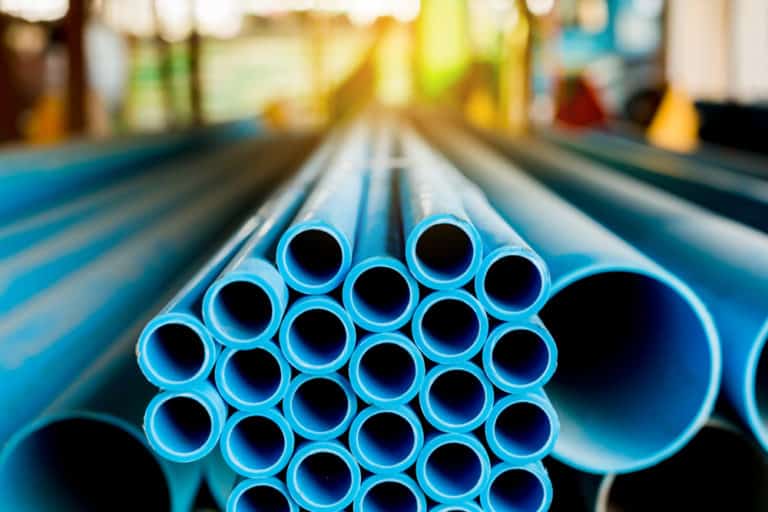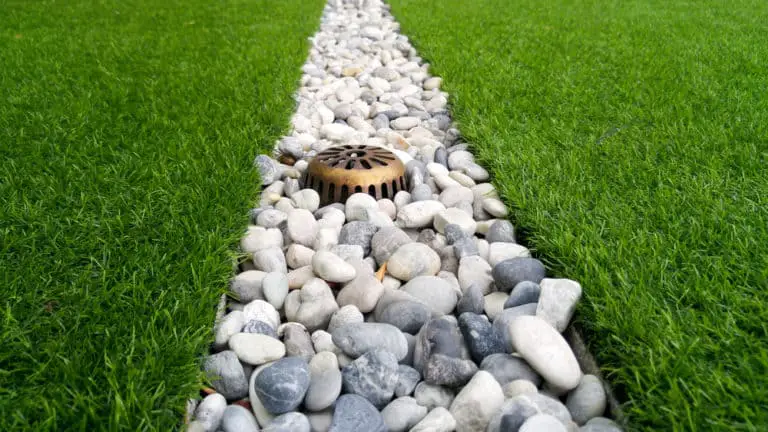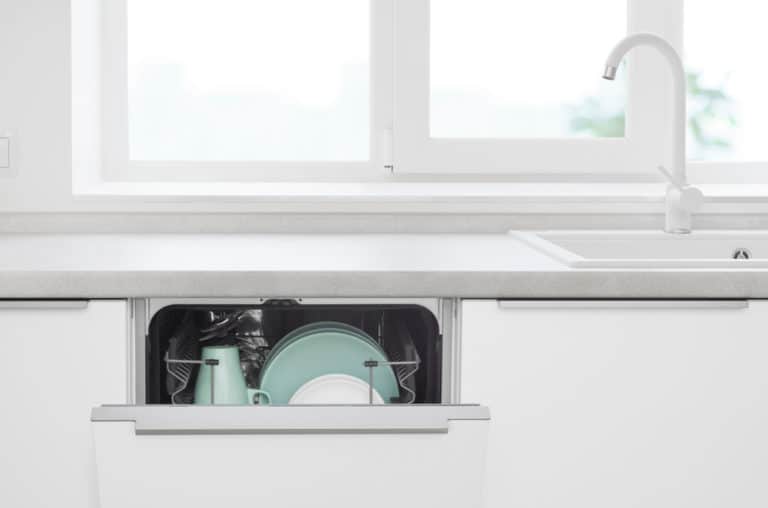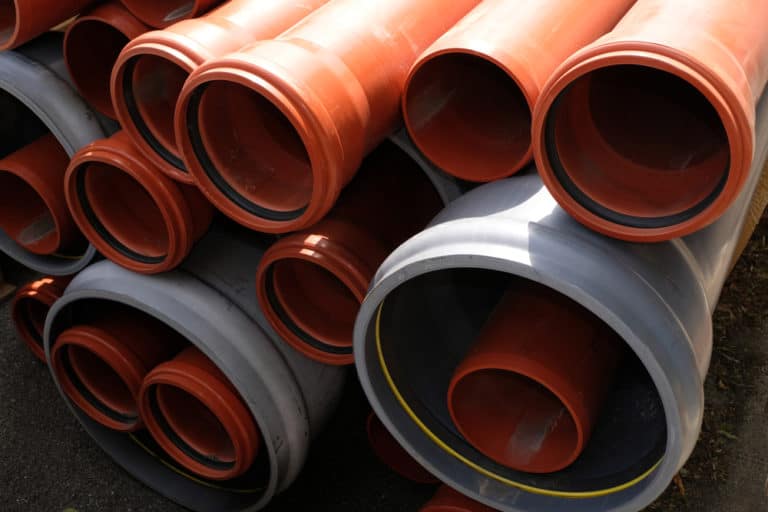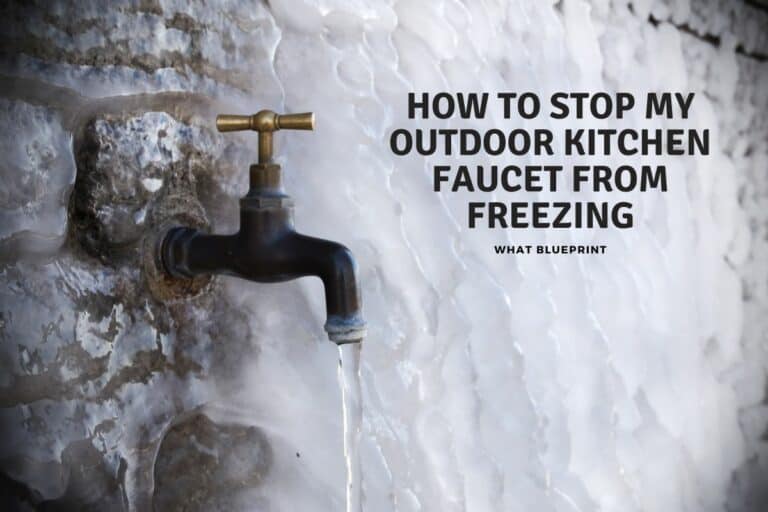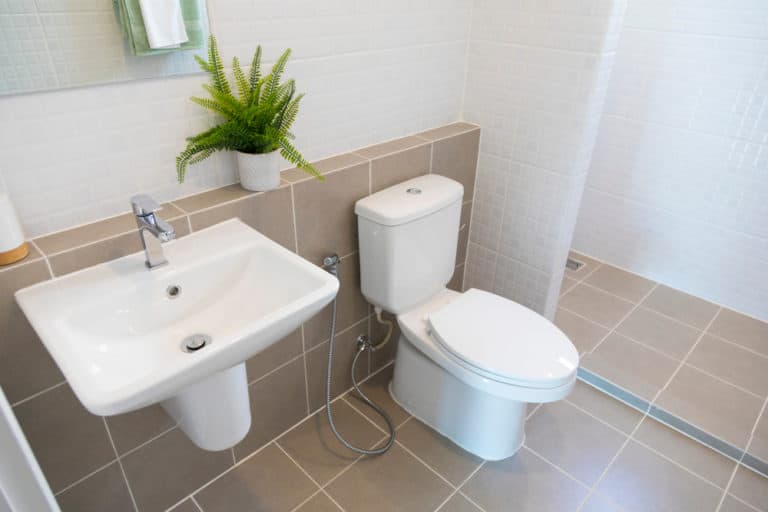Do You Need to Drip All Faucets?
It’s that time of the year again, you’re preparing for winter, and you’re worried about your pipes freezing. You’ve read online that dripping your faucets is recommended to prevent your pipes from freezing. In this article, we’ll explain precisely why it works and how you should do it.
It’s recommended that you only drip the faucets inside your house that are attached to pipes that can potentially freeze if exposed to extremely cold weather. Dripping your faucets allows the water inside your pipes to be in constant motion, which prevents them from freezing. Even if your pipes are insulated and heated, dripping is still recommended because it allows the heat to travel throughout the plumbing system.
Read more as we’ll be going into dripping your faucets, drip them properly, some tips you can use, and when not to drip your faucets.
How to know if you need to drip your faucets
Before you get ahead of yourself, it’s essential to make sure that your home is already adequately insulated and heated. Dripping your faucets isn’t going to do much if your pipes are constantly exposed to cold temperatures and are not protected from them.
With that being said, letting your faucets drip should only be done when you believe that the weather will get severely cold, even for the winter season.
In ordinary circumstances, as long as your pipes’ temperature is regulated, you shouldn’t have a problem. However, sometimes the weather can get a bit out of control, and extra steps are needed to ensure that your pipes won’t freeze.
Generally, you would want to have the unprotected or the most vulnerable water pipes in your plumbing system have water running through them.
Why would you drip your faucets?
As the name implies, dripping your faucets simply boils down to just allowing a bit of water to run through your faucet within a specific time frame (when the outside temperature drops to 20 degrees Fahrenheit). The rationale behind dripping is that running water is a lot less likely to freeze.
The real challenge for homeowners is knowing which faucets to drip. It’s always a good practice to understand how your plumbing system is designed. Luckily for you, we’ll be going into a simple guide on the next part of the article on how you can read and determine which faucets to drip and which ones you shouldn’t
Unfortunately, dripping is not a solution for preventing pipes from freezing. It’s just a temporary preventative measure. It’s always recommended to make sure that your pipes are not exposed to conditions where they can freeze in the first place.
Reading your plumbing plans
You always start reading your water plumbing system plans from the main gate valve and the meter; this is where all the water comes from.
Secondly, you then determine where all the gate valves are located. This gives you an idea of what faucet will affect what group of pipes based on where the gate valve is located. Remember that in a water system, water moves in only one direction. If you think about it, it doesn’t make much sense for water to backtrack since the water fixtures should always have a supply at any given time.
Given this, imagine that your gate valves are shut, then trace the pipeline that connects your meter to the faucet that you want to drip. From there, you’ll be able to tell which pipes will have water moving in them. It’s usually recommended to drip a faucet that is farthest from your meter to cover a larger part of your plumbing system.
We imagine that the gate valves are shut because the pipes are already filled with water used by other plumbing fixtures.
Does dripping help my wastage pipes?
Yes, dripping will also help prevent your wastage pipes from freezing. Still and unmoving water will always be susceptible to freezing. Since you’re consistently adding water to that system, the movement inside your wastage pipe will help prevent it from freezing.
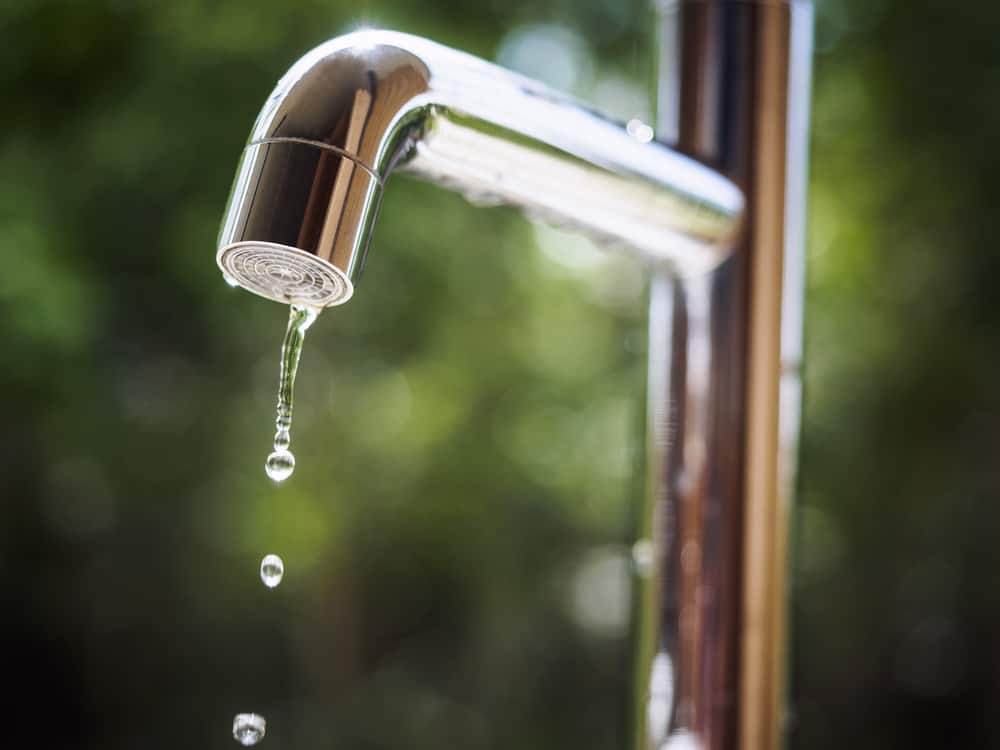
How to drip your faucets
Here are a few tips as well as guidelines for dripping your faucets. It’s not a complicated topic, so we’ll be giving the simple basics and an explanation for them.
- Only drip when temperatures are low.
We want to be efficient with our water usage to avoid running up your water bills as much as possible. You don’t always have to drip your faucets, only when the temperature falls to a low during wintertime.
- Don’t collect the water.
You might be thinking that placing a bucket and collecting the water from your dripped faucets is a good idea. However, the entire point of dripping is to allow the water to be in constant motion, and it’s a good idea for your drainage pipes to have some moving water in them, as mentioned earlier.
- Watch your faucet.
If you’ve noticed any changes in your faucet’s water pressure, then it may be a sign that the pipes connected to it have already been frozen.
- Drip the faucet further from your main valve.
This is the most efficient way to get water moving inside your plumbing system. Dripping the faucet that is farthest from your home’s main valve entails that it will be moving the most amount of water because of its distance.
Remember that at the end of the day, it’s going to be your insulation and heating that’s going to prevent your pipes from freezing. Dripping only helps support these two from keeping the ice away.
When not to drip your faucets
With all these benefits of dripping mentioned, there will be times when dripping doesn’t work well. There are two main scenarios in which you should not allow your faucets to drip:
- If the faucet is outdoors.
Outdoor faucets are too exposed to cold temperatures for dripping to make any difference. The pipes leading to outdoor faucets should be instead drained and emptied. The foam covering should insulate the faucet itself.
- If the pipes are already frozen.
You’ll be able to tell if your pipes are frozen if the water pressure from your faucets and other plumbing fixtures are behaving irregularly. If this happens, it’s best to avoid dripping your faucets because it can cause the flowing water to build up pressure within your pipes.
However, this is not to say that you should altogether avoid dripping your faucet if you have a frozen pipe. If the pipe is not too frozen/damaged, thawing the pipe with heat and a bit of drip can help the heated water melt the ice.
Always remain vigilant throughout the wintertime. Remember that a house is a sum of its parts, and any broken or faulty part can end up affecting the house as a whole. Aside from just worrying about your pipes, you should be worrying about your home as a whole.
Do I need to drip faucets on my second floor?
No, you do not need to drip the faucets of your second floor. Heat tends to move upwards, so the pipes located on your home’s upper levels should be safer than those found on the ground/basement level. This is assuming that you have enough insulation installed and a heating system in your home.
Pipe Insulation
If you’re anxious about freezing pipes, you can always opt to have insulation installed. Insulated pipe sleeves are the way to go, and we suggest that you install these on pipes that are vulnerable(ex. Exposed pipes in your basement). They’ll also add extra insulation ratings for your wall/floor.
Note also that pipe sleeves provide additional benefits such as fire-proofing, which is always a good thing to have just in case.
Conclusion
In conclusion, dripping your faucets is a great way to help prevent your pipes from freezing during the lowest points of winter. However, insulating and heating your home will always be the number one way of controlling your pipes from freezing in the first place.
You find out which faucet to drip depends on knowing which parts of your plumbing system are most vulnerable to freezing. You can do this by understanding your plumbing plans and knowing how well your house is insulated and heated.

